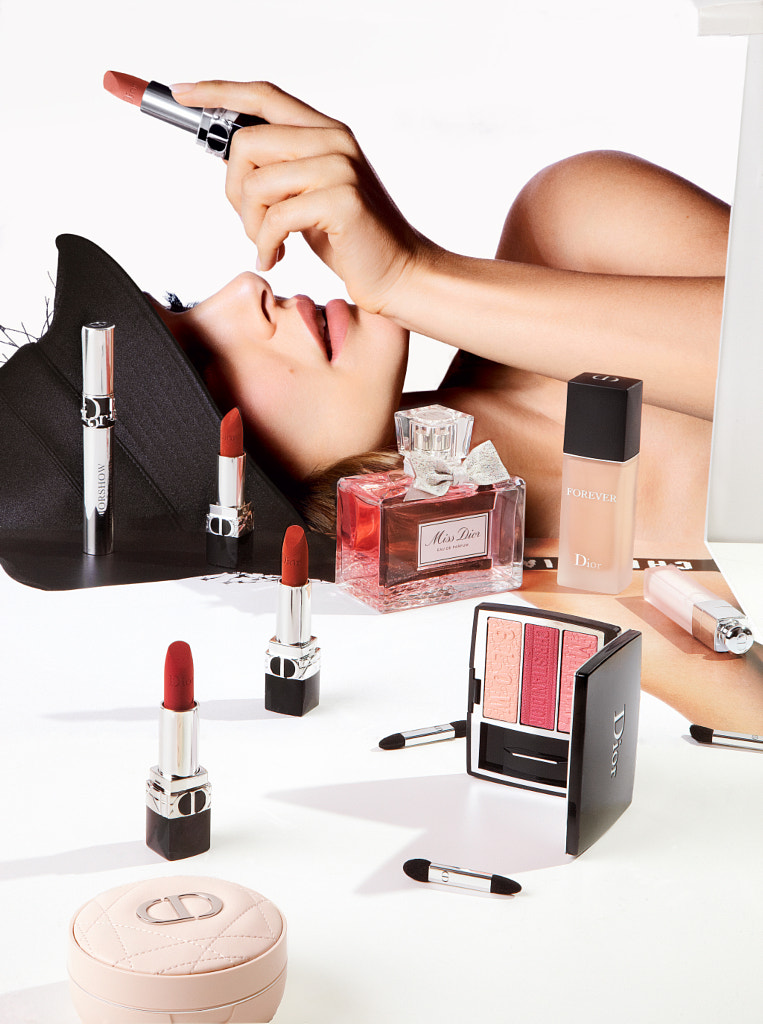Late last year, a survey from Upwork revealed that 59 million Americans performed freelance work in 2021, with more than half (56%) of non-freelancers saying that they’re likely to do so in the future. For creative professionals like photographers, freelancing offers its fair share of perks: you get to be your own boss, set your own schedule, and be selective about the work you do. At the same time, it carries new responsibilities, including managing your money, building a sustainable business, and communicating with clients.
While creating a budget for a client photoshoot can seem daunting, it helps to break things down into manageable parts. In this article, we’ll get you started with the basics, providing plenty of photography business tips along the way.
Please note: These photography tips will apply to freelance creatives, mostly those collaborating with commercial or editorial clients. While they offer a point of departure, your approach to money management might change depending on your niche or genre.
Consider all your costs
Your budget should include your costs, and those might include everything from travel expenses to gear to studio rentals. Consider any additional team members you might need, including stylists, assistants, and models, and any props, wardrobe items, or set pieces that will play a role in your shoot. Bear in mind that assistant fees will vary depending on the shoot, with, for example, advertising jobs paying more than an editorial shoot. Whether you’re outsourcing post-production or doing it yourself, that’s another cost to include. It can help to time yourself to see how long it generally takes you to edit and retouch a shoot, as it might eat up more of your workday than you’d expect.
The 500px team also recommends looking at costs like craft services/food and drinks for your team, commercial permits for your location, studio insurance, and producer fees in the case of bigger shoots. If you’re with an agency, you might not have to worry about some of these, but you want to get a good idea of what you’re responsible for on the day of the shoot. Additionally, if you have pre-production meetings or spend time location scouting, that’s another cost to consider. Anything you’re doing yourself, from casting to retouching, should be factored into your expenses.
A quick note on gear: if you’re renting studio equipment, that’s something else to include in your budget. Even if you already have your own gear, you can charge for it: it’s common practice for commercial photographers to “rent” their high-end gear to the client for the duration of the shoot.
Quick tip: Invoicing software such as BlinkBid can be helpful for creating budgets and putting bids together. They even have tools catered to the commercial photography industry.
Set a day rate
Of course, your expenses only form one piece of your quote, and you also have to earn a profit. Day rates can vary dramatically depending on the client’s budget, their expectations, and your level of experience as a photographer, so do some research. Your client will probably have a budget in mind, so communicate with them; you can always use what they want to spend as a guide. At the same time, avoid the temptation to set lower prices in hopes of securing a job: you need to charge enough to run a sustainable business.
When setting your day rates, you might also want to take into account your annual expenses, including things like photo editing software, studio rental, marketing materials, insurance, taxes, and your costs of living. The NPPA (National Press Photographer’s Association) has a Cost of Doing Business Calculator to help you get started. This will give you a good baseline of what you need to make every year in order to be sustainable; you can then consider your ideal profit and the number of days you can realistically expect to book for a (very general!) feel of what to charge, though it’s always best to add in a cushion for safety.
Quick tip: The Creative Professional’s Guide to Money by Ilise Benun is a must-have for those running a professional photography business, covering everything from pricing to common mistakes.
Include usage fees
In addition to your day rate, consider the planned usage of your photographs. A shoot that will run in a national print ad campaign, for example, should cost more than a session that’ll appear on the Instagram feed of a local shop. Similarly, an unlimited license should cost more than a one-year license.
There are several online calculators you can use for a ballpark estimate, with one of the most reliable being the AOP (Association of Photographers) Usage Calculator; this tool will allow you to input the period, media, and territory where your work will run. The AOP also has a guide for using the calculator. If a client asks for unrestricted usage rights, that might mean a (much) higher day rate.
Be detailed and specific
While it takes time, getting into the nitty gritty of location costs, post-processing fees, and talent rates will ensure you and the client are on the same page. If a client asks for extra work or deliverables somewhere along the way, that’s something to talk to them about; add it to your expenses or rate.
Break it down so the client knows exactly what they’re paying for, and stay flexible where you can. For example, if you’re shooting a product, you might not need to hire a hand model, and that’s where your client could potentially save some money. Maybe you can fit a shoot into a few hours rather than a whole day and skip craft services.
When negotiating with clients, it’s better to see where you can save on expenses (maybe the client doesn’t need a massive team or a studio full of expensive, rented equipment) rather than cutting down your day rate. In fact, finding creative ways to lower those expenses can make you more appealing to clients, giving you a competitive edge without undervaluing your work.
Not on 500px yet? Sign up here to explore more impactful photography.
The post How to manage your creative budget appeared first on 500px.





